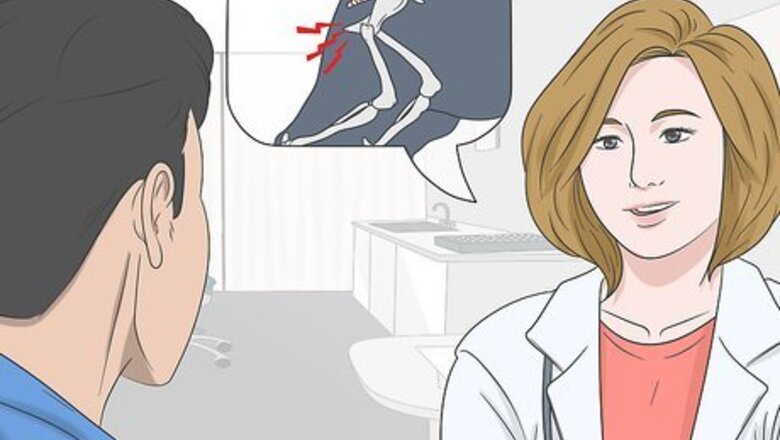
views
Preparing to Train

Determine if your dog has a medical condition. If your dog continues to refuse using the stairs or if your dog was happy, but is now afraid, have him examined by a veterinarian. Your dog may have a medical condition like arthritis, elbow or hip dysplasia, disc disease, or muscular weakness that can make it difficult for him to handle the extreme angles of climbing stairs. If you suspect your dog is in pain or has medical reason to fear stairs, you may want to talk with the vet before you begin retraining.
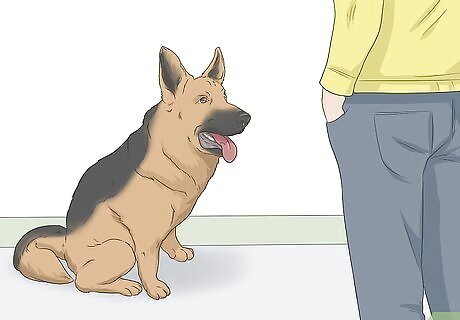
Choose good training times. Your dog will be more receptive to training if you choose a time when he's alert and content. Avoid training your dog if he'd rather be out for a walk, is overly tired, or needs to eat. You should also break training into several small sessions of about ten minutes each. Doing so will keep your dog's interest. You may want to time the training sessions to fall right before a walk or play session outside. This way, your dog will look forward to training because he knows he'll get to run around afterwards.
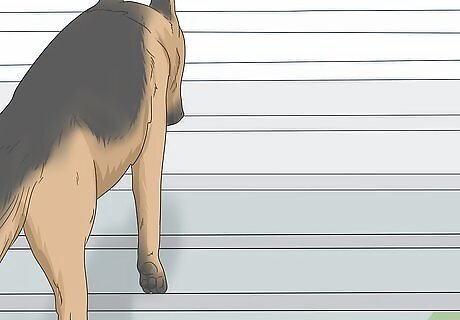
Let your dog set the pace. Watch your dog during each training session. Keep practicing as long as your dog wants to. Encourage your dog and reward each small step and improvement. If your dog seems distracted or loses interest, take a break. Never force your dog to train or use the stairs. This will only make him dislike the stairs even more. Forcing your dog to use the stairs could make him aggressive out of fear. He may bite, bark, or snap to show you that he's afraid of the stairs.
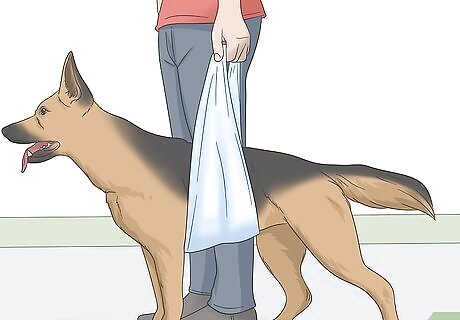
Physically support your dog. Your dog may fear using the stairs if he's fallen down them in the past. To help him, consider making a sling out of a towel to provide physical support. It can also make him feel safer, since you can catch him if he slips. This is especially helpful if your dog fell because of issues with arthritis or another condition. To make the sling, simply fold a towel length-wise and slide it under your dog's belly. Hold the two towel ends together at the top. This will gently support your dog to help him up and down the stairs. Another option is to take a sturdy, reusable shopping bag and cut it down the sides so that it lays flat, with a handle on each end. Slip this under your dog's belly and hold onto the handles to support him. Practice using the sling on non-slippery steps and a small staircase.
Encouraging Your Dog to Use the Stairs

Introduce your dog to the stairs. Ideally, your dog should be socialized to the stairs when he's a puppy. Fortunately, if he wasn't, your adult dog can be introduced to the stairs in the same way as a puppy. Look at your dog's size and decide on an appropriate start. For example, if you have a large breed dog, take him over to a regular house stair. If you have a miniature or toy dog, stack up two or three books to make shallow steps. If using books, make sure the cover is not slippery and they are stable. Or, wrap the books in towels to give your dog some traction.
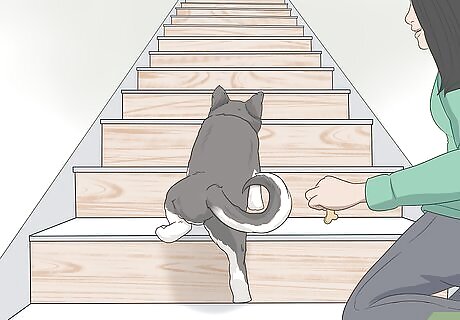
Lure your dog onto the first step. Place a treat that your dog enjoys on the first step. This will make him interested in climbing up the stair. Encourage him to step up and get the treat. Use kind words spoken in a soft voice, especially when he makes an exploratory move like moving his paw onto the step. Once he jumps onto the first step, give him the reward and praise. For example, say, "Go on boy. Get it." When he does jump up, you could reward him and say, "Brave dog!"
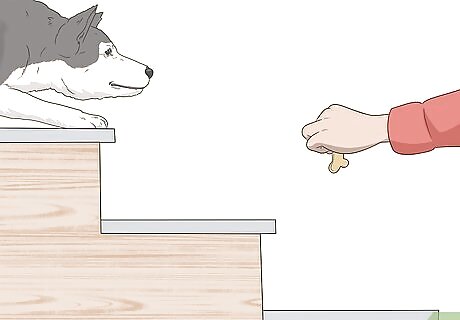
Motivate your dog to get back down. Your dog may feel stranded up on the stair, so lure him back down with a treat. Have your dog practice going up and down the first step over several training sessions. Eventually, your dog should go up and down the first step confidently. At that point, start working on the second step. If your dog is hesitant to go back down, you might want to make the drop from the step to the ground shallower. For example, set several books on the ground and place the treat on top of them.
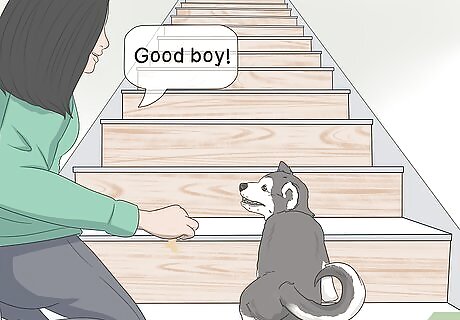
Praise your dog's efforts. Don't feel like you can only reward your dog when he successfully climbs the stairs. Instead, reward and encourage small improvements like looking towards the step or touching it with a paw. You should be helping your dog build positive associations with the stairs. This will reduce his anxiety. Try to make the stairs fun for your dog. Treat training like a game and your dog will be more likely to try climbing them.




















Comments
0 comment